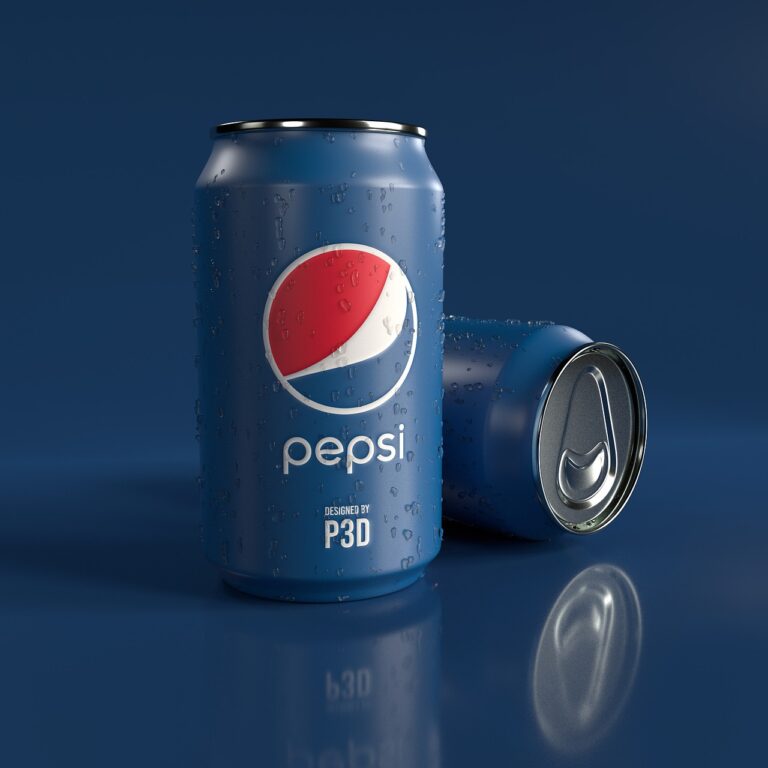3D Printing in Fashion: Customization and Sustainability
3D printing has revolutionized the fashion industry by offering new ways to create innovative designs and products. Designers now have the ability to produce items with intricate details and unique shapes that were previously challenging to achieve through traditional manufacturing methods. This technology not only streamlines the production process but also allows for greater flexibility in design, enabling designers to push the boundaries of creativity.
In addition to its design capabilities, 3D printing has also opened up opportunities for customization in fashion. Consumers can now personalize their clothing and accessories by choosing colors, patterns, and even altering the fit of garments to suit their preferences. This shift towards personalized fashion experiences not only enhances customer satisfaction but also promotes a closer connection between individuals and the items they wear, leading to a more meaningful and enjoyable shopping experience.
• 3D printing offers new ways to create innovative designs and products
• Designers can produce items with intricate details and unique shapes
• Technology streamlines the production process and allows for greater flexibility in design
• 3D printing has opened up opportunities for customization in fashion
• Consumers can personalize their clothing by choosing colors, patterns, and altering the fit of garments
Customization: Tailoring Fashion to Individual Preferences
In the realm of fashion, the concept of customization has taken center stage, allowing individuals to express their unique style preferences in a truly personalized manner. Gone are the days of conforming to mass-produced trends, as consumers increasingly seek to imbue their wardrobe with pieces that reflect their individual personality and tastes.
From selecting fabric textures to choosing specific design elements, the ability to tailor fashion to individual preferences empowers consumers to create clothing that speaks to their distinct sense of style. This shift towards customization not only fosters a deeper connection between individuals and their wardrobes, but also promotes a sense of ownership and satisfaction in the garments they wear.
Sustainability: Reducing Waste and Environmental Impact
One of the key driving forces behind the integration of 3D printing technology in the fashion industry is its potential to significantly reduce waste and environmental impact. Traditional manufacturing methods often result in excess materials being discarded, leading to environmental harm. By utilizing 3D printing, fashion brands can produce garments with more precision, minimizing material wastage and ultimately contributing to a more sustainable future.
Moreover, 3D printing enables a more localized production process, allowing for on-demand manufacturing and reducing the need for mass production and long-distance transportation. This not only decreases the carbon footprint associated with the fashion supply chain but also enables brands to respond more efficiently to shifting consumer preferences. By embracing 3D printing technology, fashion companies can move towards a more sustainable model that prioritizes resource efficiency and environmental stewardship.
How does 3D printing contribute to reducing waste in the fashion industry?
3D printing allows for on-demand production, meaning that items are only created when they are needed, reducing excess inventory and waste.
How does customization help in reducing environmental impact?
Customization allows consumers to choose exactly what they want, reducing the likelihood of items being discarded or going unused. This helps to cut down on waste and environmental impact.
What are some other ways the fashion industry can work towards sustainability?
The fashion industry can also focus on using sustainable materials, implementing recycling programs, and reducing water and energy consumption in production processes.
How can individuals contribute to reducing waste in the fashion industry?
Individuals can support sustainable brands, buy second-hand clothing, donate or recycle their old clothes, and make conscious choices about their purchases to reduce waste in the fashion industry.







